NeilPryde The FLY - review after 6 months by windsurfing.pl!
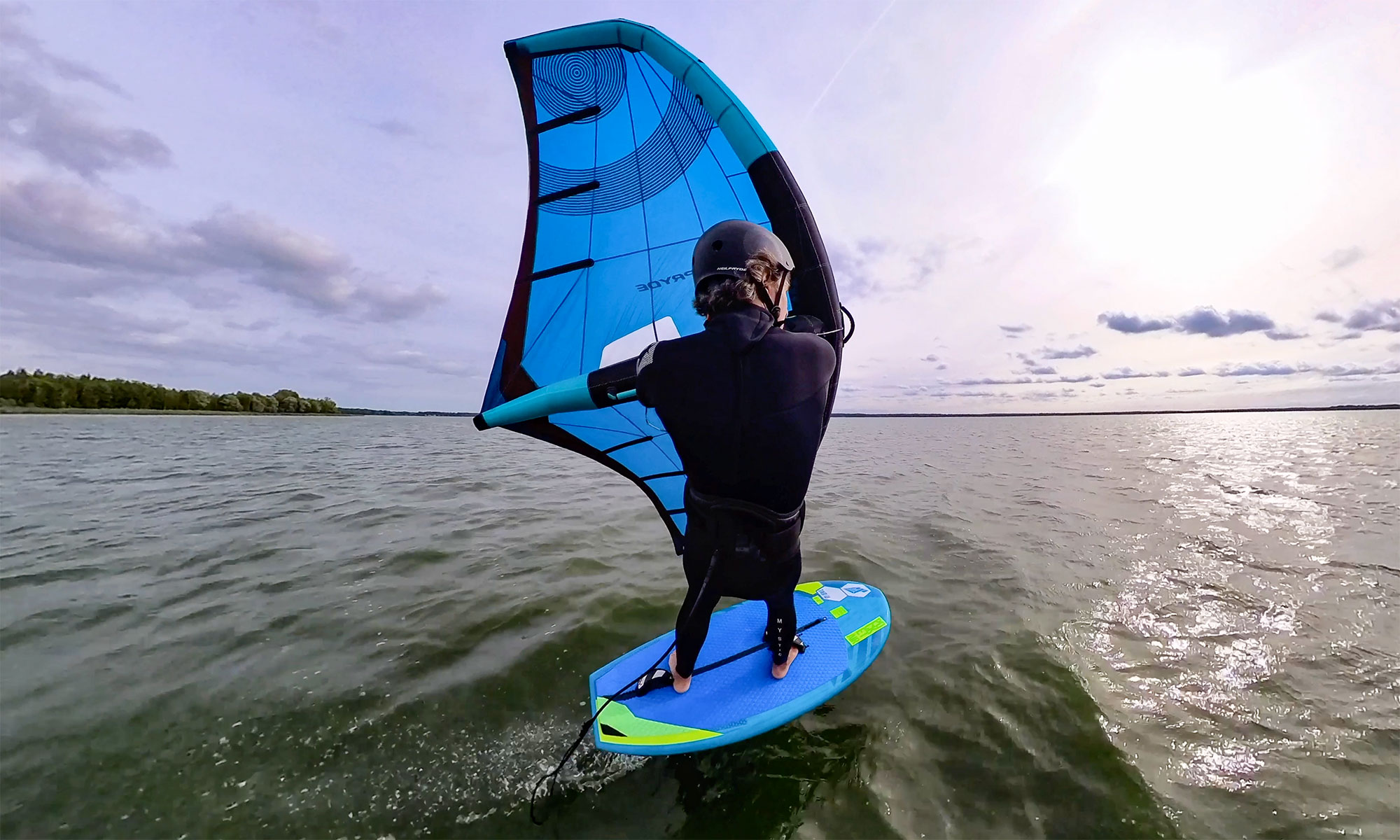
It's about time for our impressions after six months of using the production version of the Fly.
The Fly made its entry into the market this year, marking a historic moment as Neil Pryde's first foray into the world of wingfoiling. Designed by Nils Rosenblad, known for his work on Pryde sails and equipment used in the America's Cup, it's no surprise that the Fly incorporates technical solutions and concepts that have been tried and tested in windsurfing sails for years.


The Fly consists of two separately inflatable tubes without any connection between them. You first inflate the cross tube and then the main tube, each to 8.5 psi for the 4.7m size. Since Pryde has used Halkey Roberts valves in the wing, which are standard in inflatable SUP boards, you can use any SUP pump here. It's strange that so few companies adopt a similar solution. Here we encounter a change compared to the pre-production model – the valve cap has been significantly reduced in size, no longer causing problems with leash entanglement.

Once inflated, the Fly takes on a sleek shape defined by the short cross tube. The main tube, with a small diameter and noticeable taper at the ends, adds to its agility. This shape aims to enhance wind efficiency and facilitate easy wing opening and releasing of excess wind. You can also observe two tension zones in the material. The front of the wing is tightly stretched, creating a slightly bulging, elliptical leading edge, while the rear part of the material loosens, resembling the wrinkles in a well-chosen windsurfing sail. Six small permanently sewn-in battens stabilize the rear edge of the wing.
On the short, highly curved cross tube, you'll find two rigid handles, almost entirely covered with soft foam. Even the front faces of the handles are protected with special foam inserts to prevent damage to the board during impact with the wing. It's incredible how many manufacturers use handles with hard edges, completely disregarding the fate of the boards. However, Fly owners need not worry. With rigid handles, they enjoy a plethora of advantages: significantly greater comfort, direct power transmission, and a more precise steering and feel for the wing. An interesting feature is the shape of the front handle. Its front is noticeably higher than the rear part of it, enhancing comfort and performance when winging close-hauled. It also allows for a more comfortable wing rotation during horizontal maneuvers and provides an additional option for holding the wing depowered and floating while riding waves. Beginners learning to handle the wing will find it much easier to grip the front part of the tube when getting on the board.

Among other interesting design features, it's worth mentioning special "clips" on the main tube that secure the internal bladder against twisting and a substantial cutout in material between the chassis and the cross tube, which evenly distributes air pressure/wind in the wing. The Fly also comes with small windows, which, despite their small size, often aid in orientation on the other side of the wing.

The Fly is one of the better-made wings we've had the pleasure of holding in our hands. Pryde has managed to strike an excellent balance between the wing's pleasant lightness and maintaining reasonable reinforcements and solid stitching. After six months of use, there are no signs of tearing, or fraying. It's also hard to notice any significant stretching, which is unfortunately a common issue with some lightweight wings made of dacron. All the photos and videos from this test showcase the wing after six months of use.
A lightweight and well-stitched backpack with reinforcement on one of the straps is included in the package, allowing you to carry the foil comfortably while walking. However, one downside is the absence of a leash included in the package, which must be purchased separately (it can be ordered along with the wing, choosing the appropriate leash length).


ON-WATER IMPRESSIONS
Super comfortable handles and the lightweight, well-balanced construction with the short cross tube make the wing feel like it's flying by itself. You can feel the agility of the Fly while pumping. At that moment, the unassuming "fly" transforms into a turbocharged machine for early takeoffs. Neil Pryde's marketing materials clearly promote the high lift of their wing and recommend going for a size smaller than "other wings on the market." After switching from my old 5.0 wing, which also had good lift, to the Fly 4.7, I can confidently confirm these claims. The Pryde wing generates excellent power and, combined with its incredible agility, encourages dynamic pumping, allowing for surprisingly early takeoffs. The video below was shot in winds ranging from 9 to 11 knots (according to meteorological station measurements). The board used was 85 liters, GA HP 1750 foil, and the tester's weight was 76 kg.
In its optimal wind range, the Fly 4.7 behaves like a chameleon, capable of changing the way you perceive it at will. One moment, it's like a fast freerace sail, with a tightly closed position and even hand pressure, and then it transforms into a dynamic freestyle wing, inviting you to perform maneuvers. It all depends on the role you assign to it. The Fly doesn't offer a single preset position that it autonomously maintains; it waits for your signal – what will you choose now? Beginner wingsurfers don't need to worry too much because the Fly offers stable and consistent handling in most positions. However, experienced pilots will have the most fun with this wing, fully exploiting all its nuances. And there are plenty of them. Handling the wing on a close-hauled course can be entirely relaxed or dynamically race-oriented. You just need to slightly adjust the wing's angle and shift your hands on the handles accordingly. The Fly's agility shines the most during maneuvers. Even though the 4.7 size isn't particularly large, it still feels even smaller during wing rotations. The angular positioning of the front handle is brilliant, especially when you start rotating the wing while holding the front (more vertical) part of the tube. The wing naturally rotates horizontally, providing minimal resistance during maneuvers. Anyone who tries this solution will have a tough time going back to regular tubular handles, let alone soft straps.


Wave riders will appreciate the large and rigid handle on the main tube. It allows for a secure, controlled grip on the wing, which can comfortably glide in a neutral position, allowing you to focus on riding the wave.
The upper wind range of the Fly 4.7 is excellent, though it must be admitted that some wings may perform slightly better in this regard. Depending on the foil size and the rider's weight, you can comfortably fly it up to about 23-25 knots. However, if you exceed the upper limit too much, the wing becomes a bit twitchy and requires more careful control. My upper limit was around 30 knots. At that point, it was time to change to a smaller wing (which I unfortunately didn't have) and engage in "parasol-style" storm sailing, where I fought just to remain part of the kit. Such sailing is, of course, pointless because I should have switched to a smaller wing long ago, and excessive flapping could weaken the dacron material.
SUMMARY
Neil Pryde's The Fly has proven to be one of the biggest equipment surprises of the 2023 season. Frankly, we didn't expect such a successful wing from the first series, even from such an experienced manufacturer. This wing continually surprises with its energy and makes you want to reach for it again and again. The Fly possesses much of the character of a good windsurfing sail, making it instantly appealing to many windsurfers. The wing performs excellently both on unpredictable inland waters and windy coastlines. Its application depends entirely on you. Its performance aligns with excellent craftsmanship, and its rigid handles offer unparalleled comfort and construction. Neil Pryde has every reason to be proud of this wing. And this is just the beginning of its wing adventure!

JP-Australia’s 2025 Innovations – Collection Overview!
JP-Australia, a leader in the windsurfing industry, has just revealed its 2025 collection, bringing new technology, updated shapes, and innovative boards to elevate the water sports experience. From the groundbreaking S-TEC construction to enhanced designs of classic models and specially crafted boards for kids, the brand continues to focus on quality and excellence in every detail. Read on for a closer look!
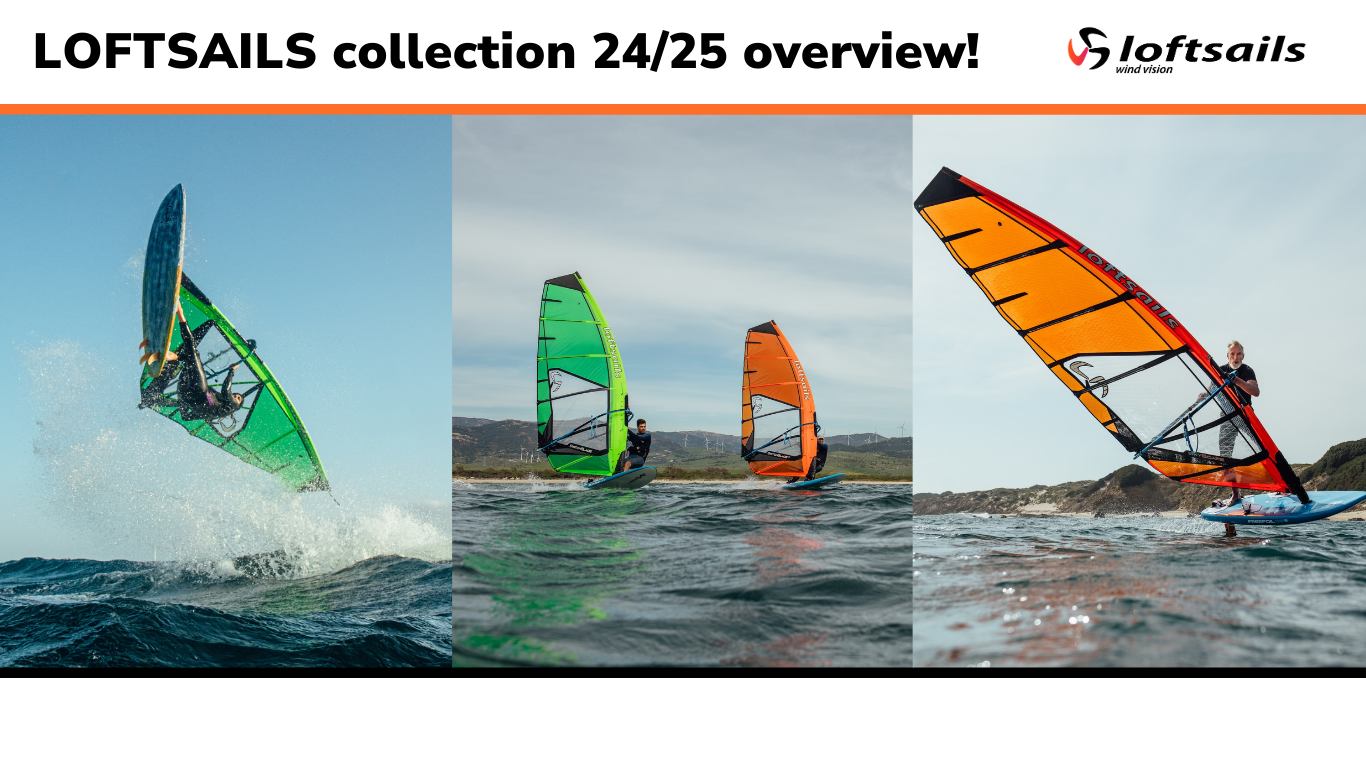
Loftsails 24/25 collection
We are thrilled to present the latest 24/25 Loftsails collection, now available for pre-order! This exciting line results from innovative technologies and years of experience that Loftsails has gathered in the world of windsurfing. Get to know the description of each model.
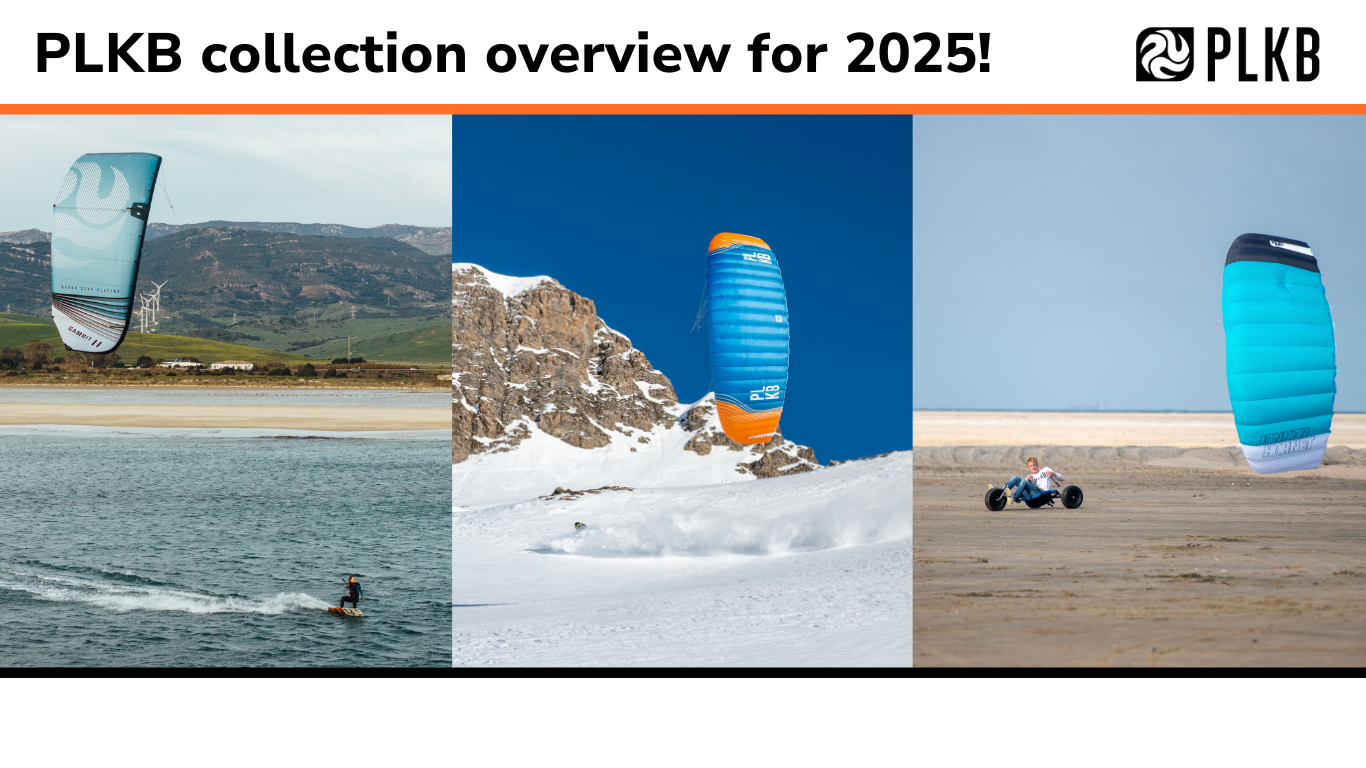
PLKB 2025 Collection – Kites and Gear for Kitesurfing, Snowkiting, and Landkiting!
Since we have launched preorders for 2025, and we are excited to present the entire collection from PLKB (Peter Lynn Kiteboarding). For years, this brand has been offering high-quality gear for kite, snow, and land kiting, allowing every kite sport enthusiast to find something suited to their needs, regardless of the terrain or season. PLKB’s extensive experience in creating kites that exceed expectations sets them apart, making every session enjoyable and thrilling. PLKB has taken on the challenge of outperforming major brands, overcoming all obstacles along the way.
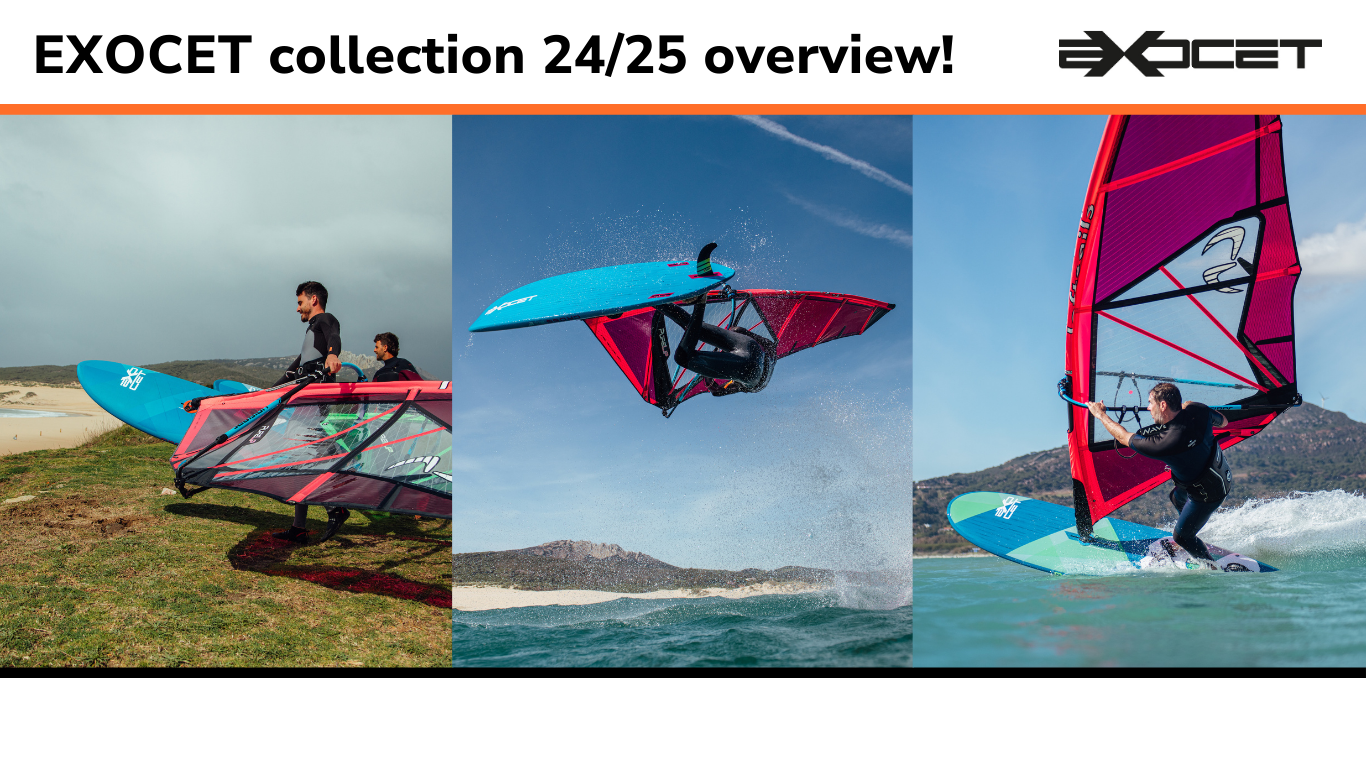
Exocet boards collection review for 2024/2025. Available for pre-order!
Meet EXOCET's collection of windsurfing boards for the 2024/ 2025 season, which is now available in pre-order! In the range of this french brand you will find constructions for classic windsurfing on the fin, as well as for foil. In this article we will acquaint you with the individual models to help you choose the right equipment for yourself ;) Don't hesitate to sign up for a preorder and get the latest model at a favorable price!
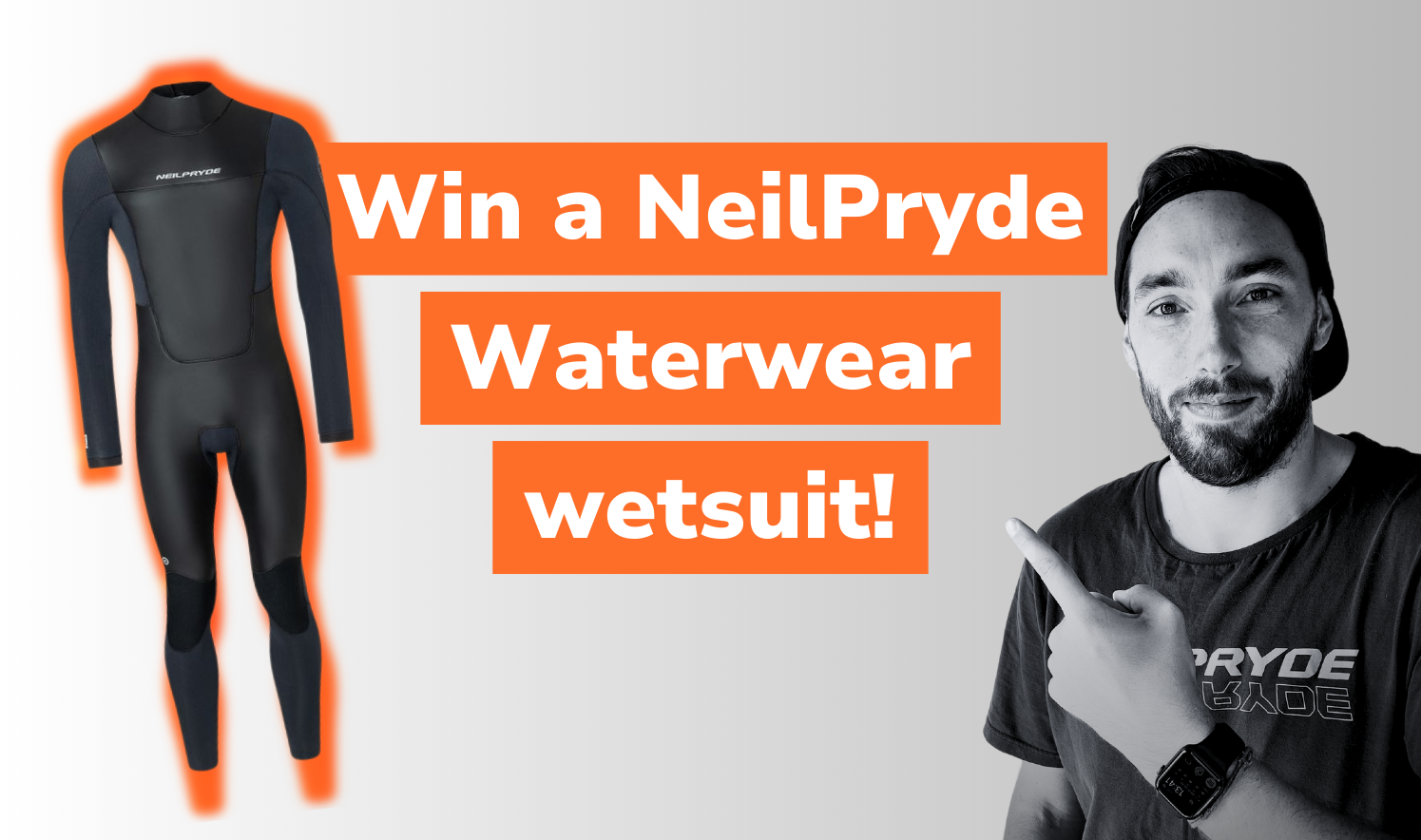
Win a NeilPryde Waterwear wetsuit!
Together with NeilPryde Waterwear, we're announcing a contest where you can win any wetsuit from the NeilPryde's range. Check the details below:

King of the Bay report!
What a weekend it was!!! 🤩 Rewa welcomed us royally! For four days, we enjoyed beautiful sunshine and conditions that allowed us to not only hold the planned races but also to carry out all other activities. The turnout exceeded our wildest expectations. Over 240 competitors registered for the event, and in addition to the participants, crowds of water sports fans flocked to Rewa. Everyone came with one goal: to spread passion and love for windsurfing, kitesurfing, wing foiling, SUP, and pump foiling! I'm still not fully recovered from this magical water sports festival, but the boost of positive energy and motivation we received, both myself and our entire EASY-surfshop team... It's simply indescribable! So much happened during these four days, and the event itself could be divided into two parts: racing and festival-market, which I'd like to briefly present to you.

What kind of wetsuit to choose? - learn tips to help you choose the right wetsuit
Are you planning to embark on a windsurfing, kit or foil adventure? If so, the first thing you will need is definitely a neoprene wetsuit, it will be an integral part of your equipment. The variety of wetsuits on the market can be overwhelming, so we'll give you a brief overview of the key elements when choosing the right one, but let's start with what exactly are they?
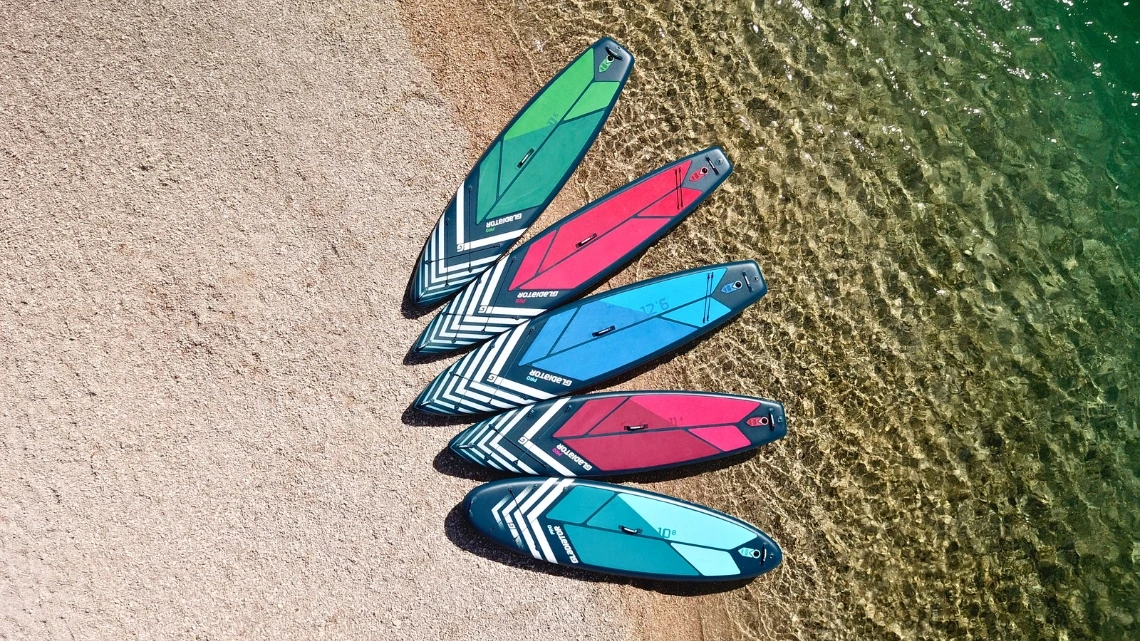
Gladiator SUP board collection review for 2024
SUP is an increasingly popular water sport that combines elements of recreation, training and adventure. If you're passionate about water activities, you've certainly heard of the Gladiator brand. Take a virtual tour of their SUP board collection for 2024!















 Facebook
Facebook Instagram
Instagram YouTube
YouTube